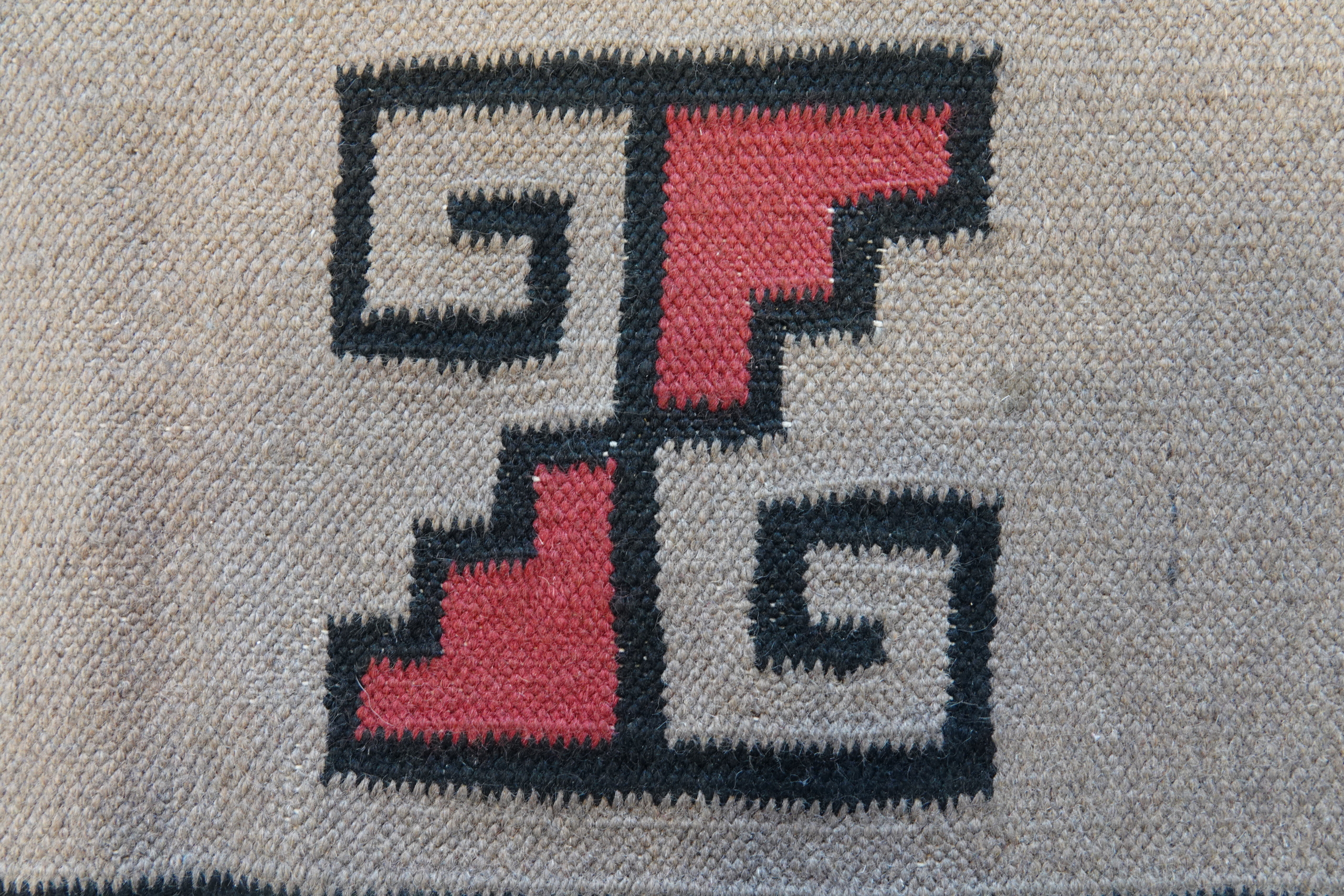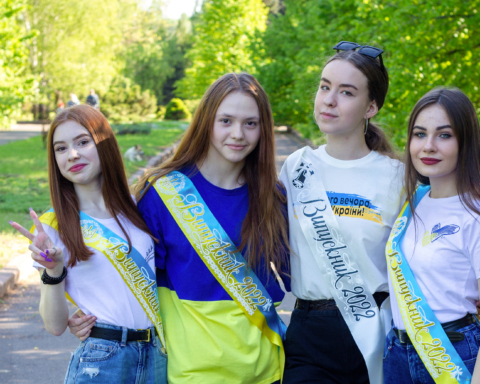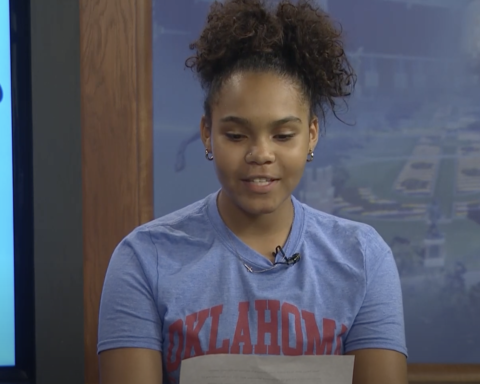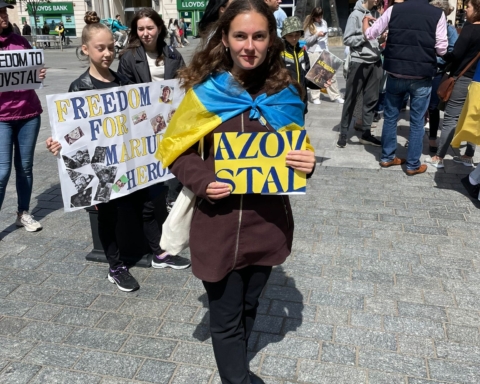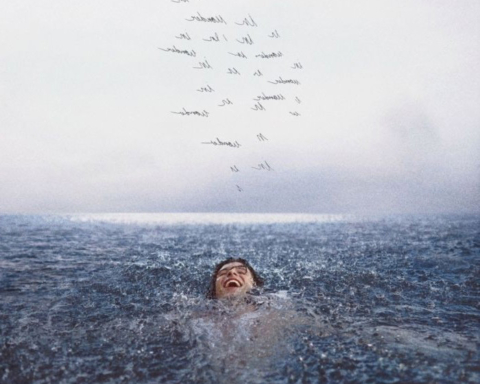By Kylee Crisswell, Yukon High School
Bright colors, bold patterns and intricate detailing. These are all ways that members of Native American tribes across Oklahoma are preserving their culture and history through artwork.
In today’s world, Native communities are attempting to prevent cultural erasure through art. There are a number of different art forms used in Native culture. Sarah Adams-Cornell, a member of the Choctaw Nation, is most familiar with using beadwork as a form of cultural representation.
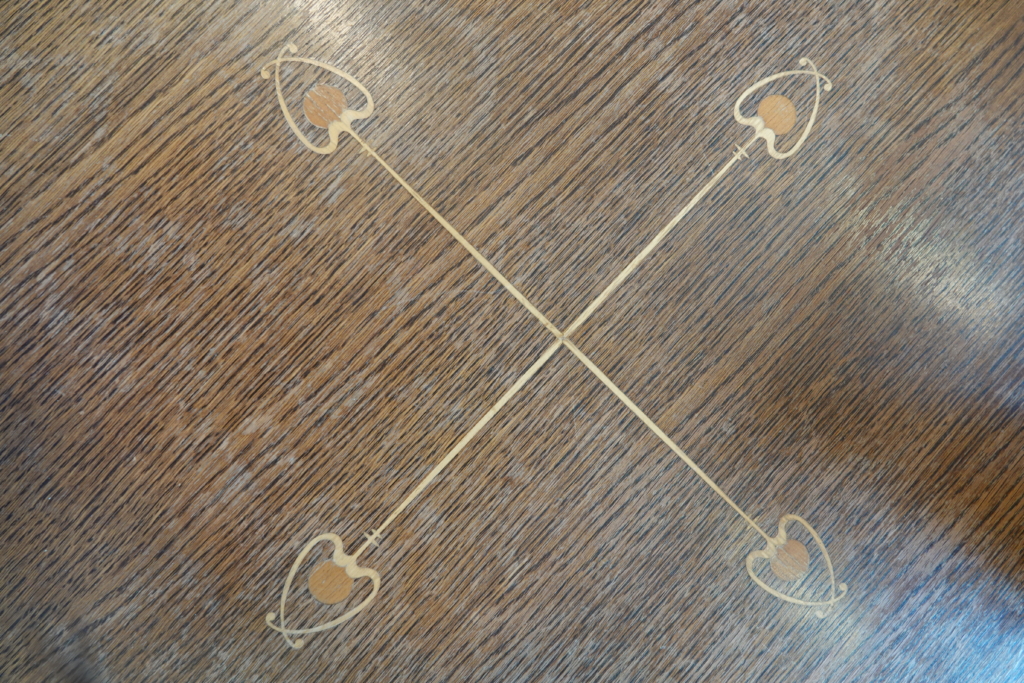
“I use my art in a way that helps Indigenous people express their indigeneity out in the world so that people see,” she said. “We are still here. We are a thriving people, a part of the community, and this work all helps with representation.”
Part of the beadwork Adams-Cornell does involves contemporary textile work. For example, although ribbon skirts are not exclusive to one tribe, Adams-Cornell enjoys how they have evolved into this piece of clothing for Indigenous women and two-spirited people. Most of these pieces are longer skirts with ribbon detailing applied at the bottom. This work is representative of Native resilience and sacredness.
Dirk Flausburg, a tribal member of the Chickasaw Nation who identifies as two-spirited, has also found a way to connect to his culture through symbolic artwork. Symbologies do not always appear the same or hold similar meaning between tribes, but all tribes have a connection to different images.

“There is this huge cultural exchange between all of our legends and our art symbols, probably exchanged between cultures,” Flausburg said. “We want to revive the symbols that we know were ours and that we’ve used in our culture before.”
One of these well-known symbols for Native tribes are arrows. These tools were the main defense for many tribes. In Native artwork, two arrows depicted in an X-formation can represent protection or war. In addition to this, spirals are another widely used symbolic figure in Native culture. One might find them in symbols like a sun circle (representing the process of life to death to rebirth) or a snake (sometimes coiled up in a spiral formation). These common forms of symbolism can vary between tribes, too.
“It’s really nice because it’s versatile for art,” Flausburg said. “(Various tribes) want to revive the symbols that we know were ours, and that we used in our culture before.”
Not only does Native art keep traditions alive, but it also provides Indigenous people with new ways to connect with their culture.
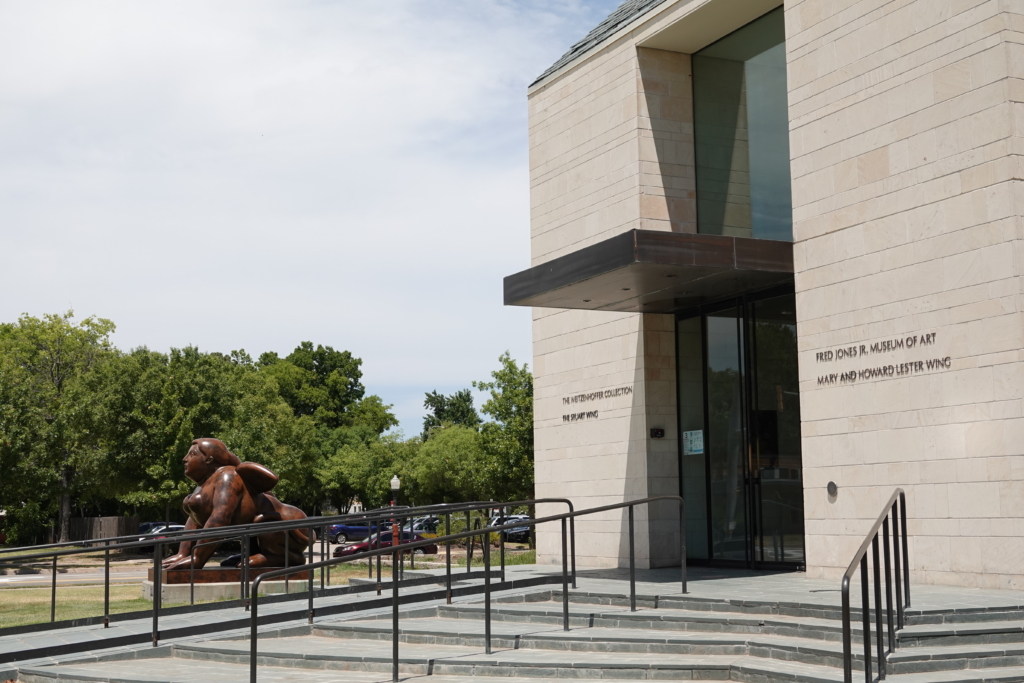
Kaylee Kain, a public relations professional with the Fred Jones Jr. Museum of Art has some experience with reviving cultural symbols, photography and artwork.
“I never really connected to the Native American arts culture until I came here, even though I am part of the Choctaw Nation,” she said.
Kain explained that most artistic pieces have certain patterns or textures based on what they are used for, and those patterns and textures have served symbolic roles throughout history. As an example, these patterns can be found on ceramic pieces, which are often used as burial urns among tribal communities.

